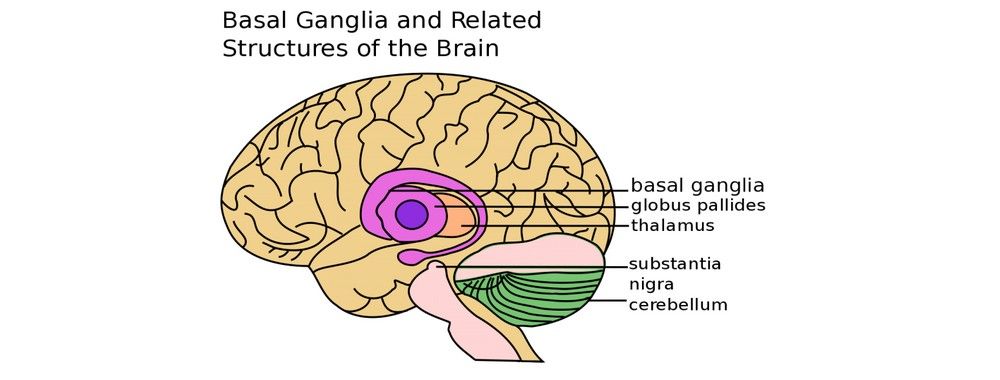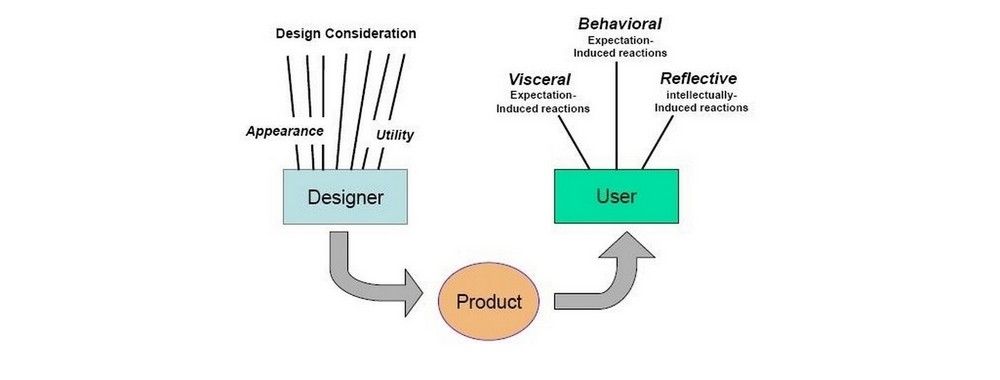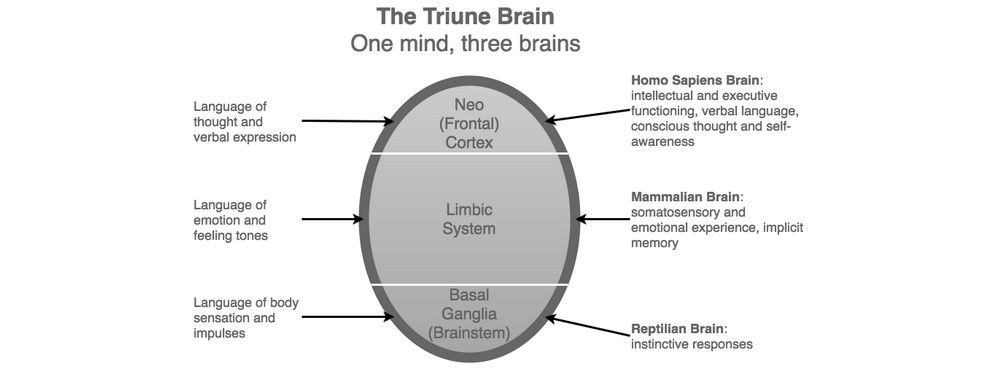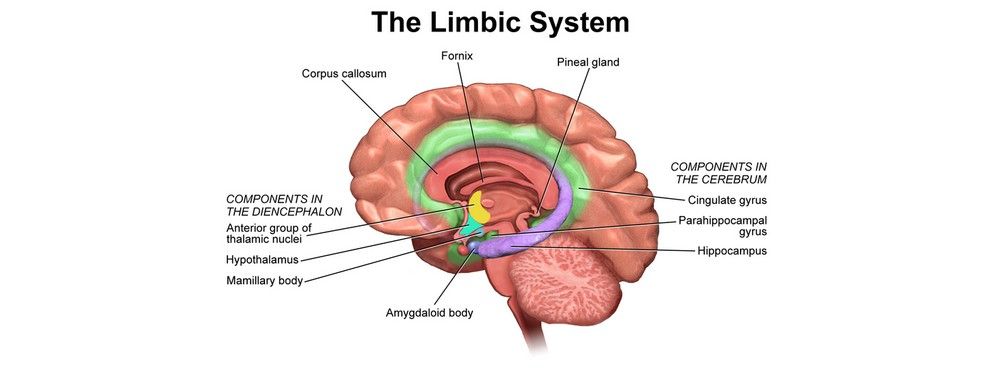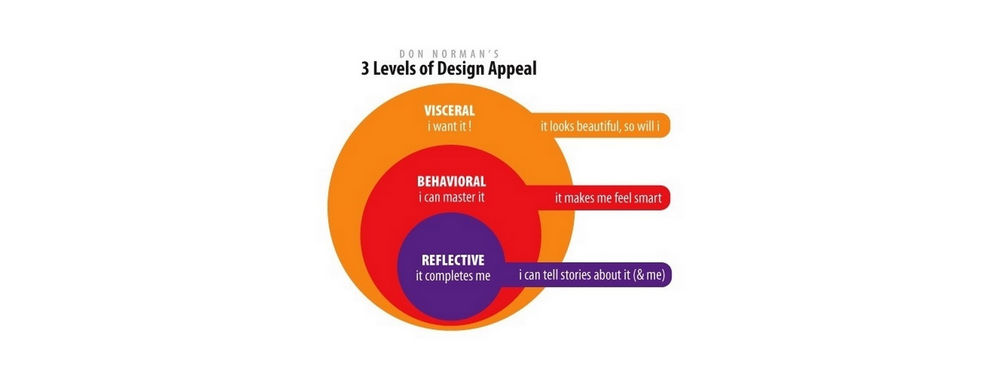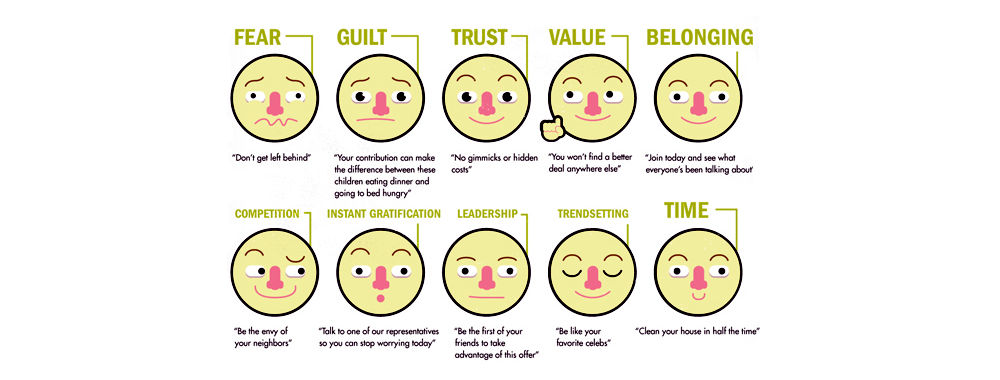“Humans display the intriguing characteristic of making and using objects. The things with which people interact are not simply tools for survival, or for making survival easier and more comfortable. Things embody goals, make skills manifest, and shape the identities of their users. Man is not only homo sapiens or homo ludens, he is also homo faber, the maker and user of objects, his self to a large extent a reflection of things with which he interacts. Thus objects also make and use their makers and users.”
—Mihaly Csikszentmihalyi and Eugene Rochberg-Halton, in “The meaning of things: Domestic symbols and the self” (1981).
Humans are by no means unique in the way they use and collect objects; one only has to watch the male Bowerbird carefully arranging materials selected from the surrounding rainforest or shrubland as part of his painstaking courtship behavior. There are thousands of examples where animals exhibit an understanding of how things can be used for personal gain, but the behavior of the bowerbird is one of the more extreme, with most birds spending years constructing their own particular bower. This dedicated approach to nest building has strong parallels with the behavior we demonstrate when decorating our own houses and apartments. However, while we can identify similarities between human-object and animal-object relationships, for humans these relations are far more complex and influenced by emotion.
Humans are subjective
When we select an object for practical reasons, such as opening a tin, reaching for a high shelf, or painting a wall, we use objective reasoning based on the physical or perceptible properties of the objects we have available to us. These objective decisions are similar to the problem-solving methods taken by other animals, but we are capable of performing complex mental simulations to deduce which object represents the best fit for our current objective(s). In contrast, other animals generally use physical contact and trial-and-error to arrive at the best-fitting object. On these occasions humans and animals alike are interacting with their environment to achieve some clearly defined aim. However, there are many occasions in our everyday lives where we are not dealing with decision-making based on clearly defined problems or objectively assessing the things in our environment to solve some problematic situation. For the most part, we are subjective creatures – making decisions, such as choosing what to eat, picking clothes, and selecting ornaments for our homes, based on characteristics, drives, interests, our culture, and dispositions specific to each and every one of us.
Emotional Attachments between People and Things
When we interact with things in our environment, generally, we experience some form of emotional response, which is influenced by the object itself and the human qualities mentioned above. These emotional responses then lead to the development of relationships between humans and things. On the occasions where we are selecting things from our environment based on objective decision making, we typically form functional relationships, with little sense of attachment. However, the subjective decisions and choices we make are bound with a complex blend of emotions and memories, which influence the formation of personally meaningful attachments. These meaningful attachments are also common when we are given something by a loved one or someone close to us (e.g., a birthday, anniversaries, or holidays); in fact, as these things are usually given to us on personally significant occasions, our heightened emotions often give way to a greater sense of attachment, and the relationship seems even more meaningful as a result.
Factors Influencing Emotional Attachments
Positive emotional responses are, therefore, often the result of various factors converging at the point of contact with an object, thing, or during some interaction with our environment. When one or more of these factors, such as our disposition, drives, personal characteristics (i.e. aspects of our personality), or simply the thing or environment itself, do not support or stimulate the necessary physical and psychological changes that are required for positive emotional experiences, we are much less likely to form a meaningful attachment.
Attachments form over time
Positive attachments between humans and things are not necessarily formed instantaneously. We might develop a positive attachment over time, through continual use, a change in one or more of the aforementioned factors, or changes in our personal circumstances. For example, objects given or lent to us by a friend or family member who subsequently moves to another country or passes away will take on an increased level of significance to us, as they are now laden with meaning, serving as a reminder of that person and our relationship with them.
Such occasions highlight the importance of personal experience in our emotional responses to things, the attachments we form with them, and, at the most basic level, the things we actually choose to focus on. As the distinguished philosopher and psychologist William James (1890) stated, "...Millions of items in the outward order are present to my senses which never properly enter into my experience. Why? Because they have no interest for me. My experience is what I agree to attend to. Only those items which I notice shape my mind - without selective interest, experience is an utter chaos". Without our attention, things are as good as non-existent.
Introducing the Concept of Psychic Energy
In The meaning of things: Domestic symbols and the self (1981), researchers Mihaly Csikszentmihalyi and Eugene Rochberg-Halton at the Universities of Chicago and Notre Dame respectively, referred to attention as Psychic Energy, "...because through its allocation ordered patterns of information and action are created". Csikszentmihalyi and Rochberg-Halton's metaphor emphasizes the active role we play in generating our own specific impression and experience of the world. We are not just passive consumers of environmental information, processing inputs from our surroundings according to external factors alone, nor are we purely reflexive (i.e. where behavior is merely a 'knee-jerk' reaction to stimulation). Instead, we are actively attending to, choosing, and using things according to our intentions and our symbolic interpretations. It is through the symbolic interpretation of information in our consciousness that human behavior is distinguished from that of other animals.
The provision of attention or psychic energy (Mihaly Csikszentmihalyi and Eugene Rochberg-Halton, 1981), a limited and quickly exhausted cognitive resource, determines what we can focus on and the extent to which we can interpret the external information entering consciousness. Therefore, human experience is not simply a product of our environment and the things within; rather, it is created through intentions/drives, the availability of psychic energy, and the symbolic interpretation in consciousness of the things we choose to focus on. No intended action can occur without the allocation of psychic energy. When we are typing on a keyboard, we must first direct our attention to the keys (or if we are proficient typists, the screen), if we are to successfully pick up an object, we must first fixate on it so we have sufficient information for the necessary motor actions, and so on. Fundamentally, psychic energy is the essential ingredient in the conversion of intentions into actions.
(N. B. When tasks become routine and well-rehearsed, psychic energy is no longer needed, so we can allocate our attention to other things in our environment.)
What determines the allocation of Psychic Energy?
The allocation of psychic energy can be considered the result of a bi-directional relationship between our personal desires, which are the product of many different factors (e.g., culture, upbringing, socio-economic status, and personal characteristics), and the feedback we receive from our environment. Let’s take a look at an example. Imagine that you are a smartphone user and also use instant messaging apps to communicate with people apart from SMS, for example, via WhatsApp or Viber. You may start with the initial intention of checking some information in the last text message from a friend, so you allocate your psychic energy (i.e. attention) to the appropriate feature on your phone – the SMS application; if you cannot find your friend’s message, you might use the search bar to locate it. The absence of your friend’s number in one location provided feedback that psychic energy needed to be allocated elsewhere, but the initial drive remains (i.e. to find the information in the message). When feedback from our environment strongly suggests the initial drive cannot be satisfied, we must then establish a new aim or adjust our original aim (e.g. look for their message in another app, or call them to request that information again).

Author/Copyright holder: the Author. Copyright terms and licence: CC-BY-2.0
Looking for information in a text message, with the Messages app for Android (v.2.1.161). If you can’t find information in message from the list of conversations interface (right) you might use the search icon to try and locate it. Otherwise, you might call the person who sent it from within the conversation and ask him/her to send you that information again (left).
The allocation of psychic energy shares similarities with conversation between two or more people. We start with an initial aim of conveying a viewpoint or understanding what the other person/people is/are trying to convey; in order to do so, we must translate our feelings and wants into words according to the person/people we are engaged with and the things they say in return. When we are unable to convey our viewpoint successfully or we are unable to understand the other person's viewpoint, we must then alter our methods to achieve one of these aims. When this proves successful, we will generally feel some positive emotion, such as relief or happiness; however, when we fail, we are inclined to feel some negative emotion, such as frustration or rage. Therefore, using this analogy, conveying or understanding represents the initial drive, we then attend to specific elements of the other person's replies/utterances (i.e. the allocation of psychic energy), and interpret this information according to our drive/aim.
The Take Away
As you should hopefully appreciate from the examples and analogies above, drive and intention are vital in directing our psychic energy. However, we generally share the same drives (i.e. sating our shared physical and mental urges), yet we are all distinguishable from one another. Individuality comes from the way we interpret information and the methods we use to achieve our aims and objectives. These factors are themselves the sum of various other factors, such as culture, socialization, personality, disposition, situation, and so on.
One aspect of individuality is seen in the attachments we form with inanimate objects in our environment. To one person a snow globe might be a tacky, mass produced piece of plastic, but to a little boy or girl who bought one with money he/she saved from washing cars, it is personally meaningful and bound with various emotions. Such an attachment is the result of the factors touched on above converging, and, for us as humans, it is these significant emotional attachments (aside from our interpersonal attachments) that shape our specific experience of the world.
References & Where to Learn More
Hero Image: Copyright holder: Noël Zia Lee on Flickr.com, Copyright terms and license: CC BY 2.0
Csikszentmihalyi, M., & Halton, E. (1981). The meaning of things: Domestic symbols and the self. Cambridge University Press.
James, W. (1890). The principles of psychology. Available here. [accessed 3/3/2017].



